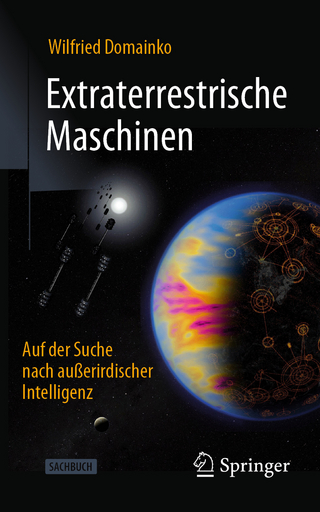
The Elements of Relativity
Oxford University Press (Verlag)
978-0-19-965864-0 (ISBN)
Relativity has much to offer for a well-rounded education. Yet books on relativity either assume a strong background in physics and math, aimed at advanced physics students, or, alternatively, offer a broad description with little intellectual challenge. This book bridges the gap. It aims at readers with essentially no physics or math background, who still find it rewarding to think rigorously. The book takes a "thinking tools" approach, by first making readers comfortable with a new thinking tool and then applying it to learn more about how nature works. By the end of the book, readers will have collected a versatile toolbox and will be comfortable using the tools to think about and really understand the intriguing phenomena they may have only heard about, including the twin paradox, black holes, and time travel.
End-of-chapter exercises span a range of difficulty, allowing adventurous readers to stretch their understanding further as desired. Students who have studied, or are studying, relativity at a more mathematical level will also find the book useful for a more conceptual understanding.
David M. Wittman is a professor at the University of California, Davis. He has discovered millions of galaxies as co-PI of the Deep Lens Survey, which was awarded over 100 nights on 4-m telescopes to study a representative sample of the universe. But discovering millions of galaxies was just the easy part. He analyzed the galaxies' shapes to reveal subtle distortions caused by the gravitational fields of foreground masses, an effect called weak gravitational lensing. He was the first to detect cosmic shear, or weak lensing by the large-scale structure of the universe. He was also the first to detect a cluster of galaxies through its gravitational effects alone, and the first to combine source redshift information with lensing to probe structure in three dimensions (tomography).
1: A First Look at Relativity
2: Acceleration and Force
3: Galilean Relativity
4: Reasoning with Frames and Spacetime Diagrams
5: The Speed of Light
6: Time Slow
7: Time Dilation and Length Contraction
8: Special Relativity: Putting it All Together
9: Doppler Effect and Velocity Addition Law
10: The Twin Paradox
11: Spacetime Geometry
12: Energy and Momentum
13: The Equivalence Principle
14: Gravity Reframed
15: Potential
16: Newtonian Gravity
17: Orbits
18: General Relativity and teh Schwarzschild Metric
19: Beyond the Schwarschild Metric
20: Black Holes
| Erscheinungsdatum | 31.05.2018 |
|---|---|
| Zusatzinfo | 180 BW and 21 color line figures, and 2 BW and 4 color halftones |
| Verlagsort | Oxford |
| Sprache | englisch |
| Maße | 189 x 248 mm |
| Gewicht | 708 g |
| Themenwelt | Naturwissenschaften ► Physik / Astronomie ► Astronomie / Astrophysik |
| Naturwissenschaften ► Physik / Astronomie ► Relativitätstheorie | |
| ISBN-10 | 0-19-965864-1 / 0199658641 |
| ISBN-13 | 978-0-19-965864-0 / 9780199658640 |
| Zustand | Neuware |
| Informationen gemäß Produktsicherheitsverordnung (GPSR) | |
| Haben Sie eine Frage zum Produkt? |
aus dem Bereich


